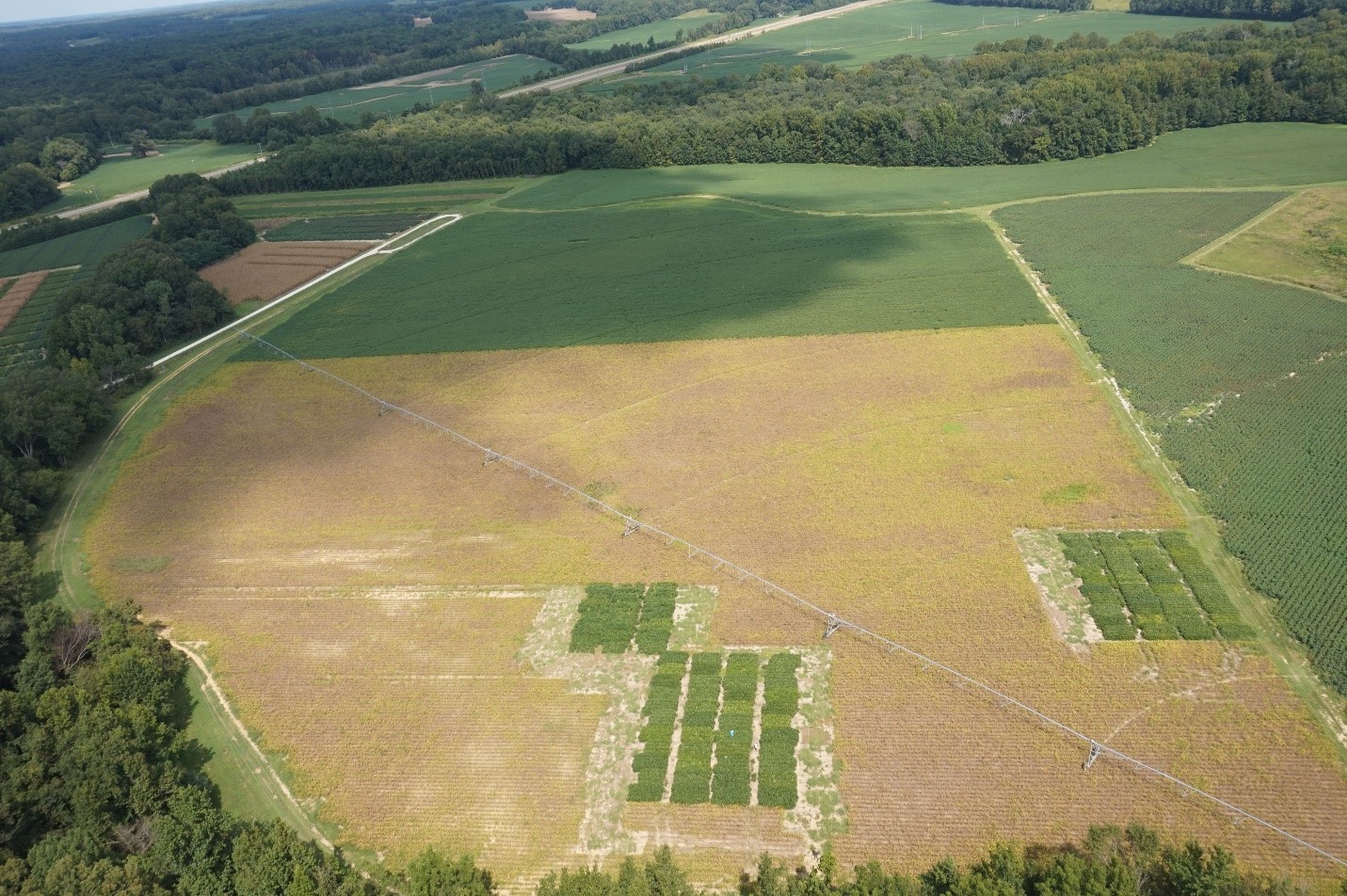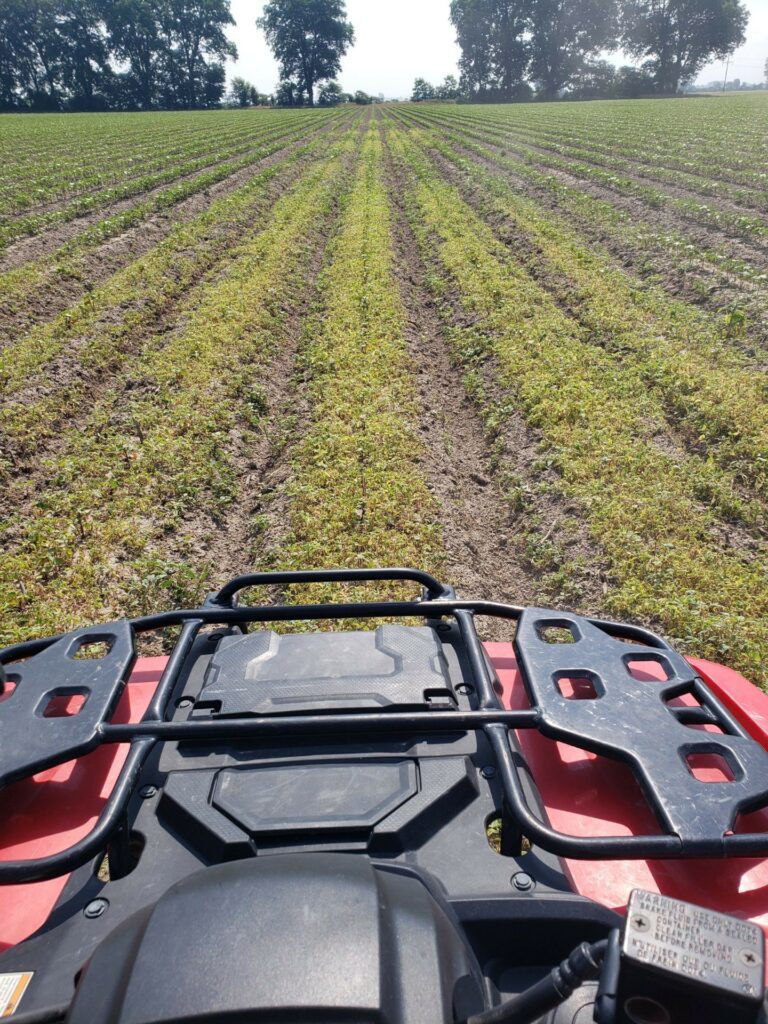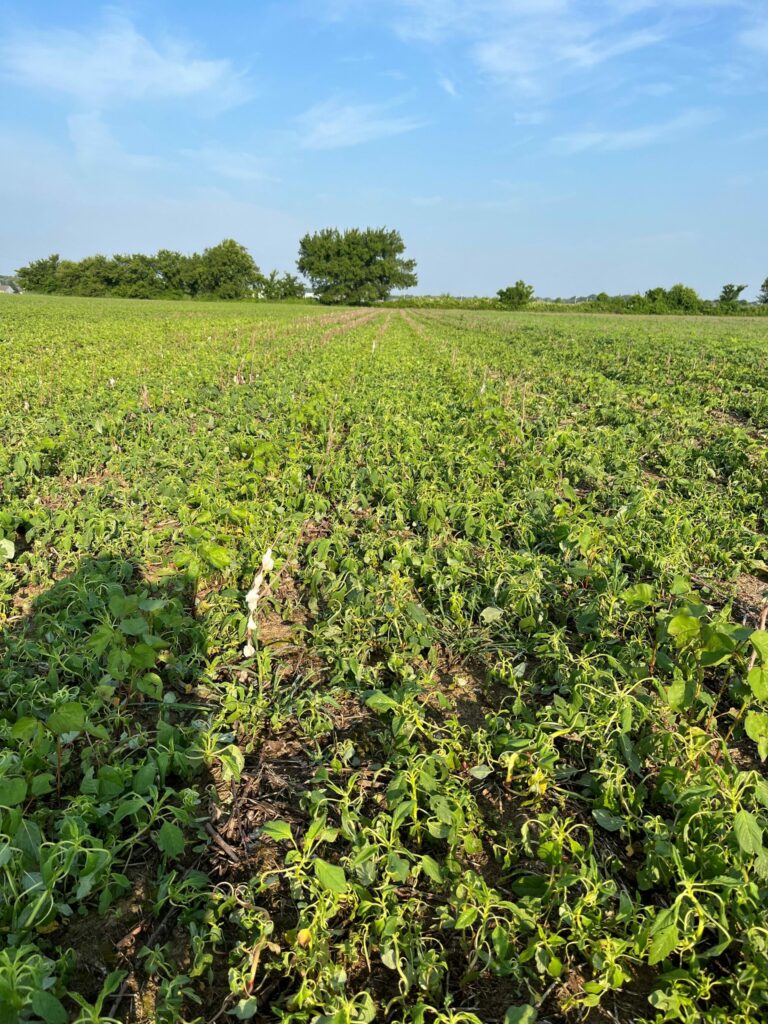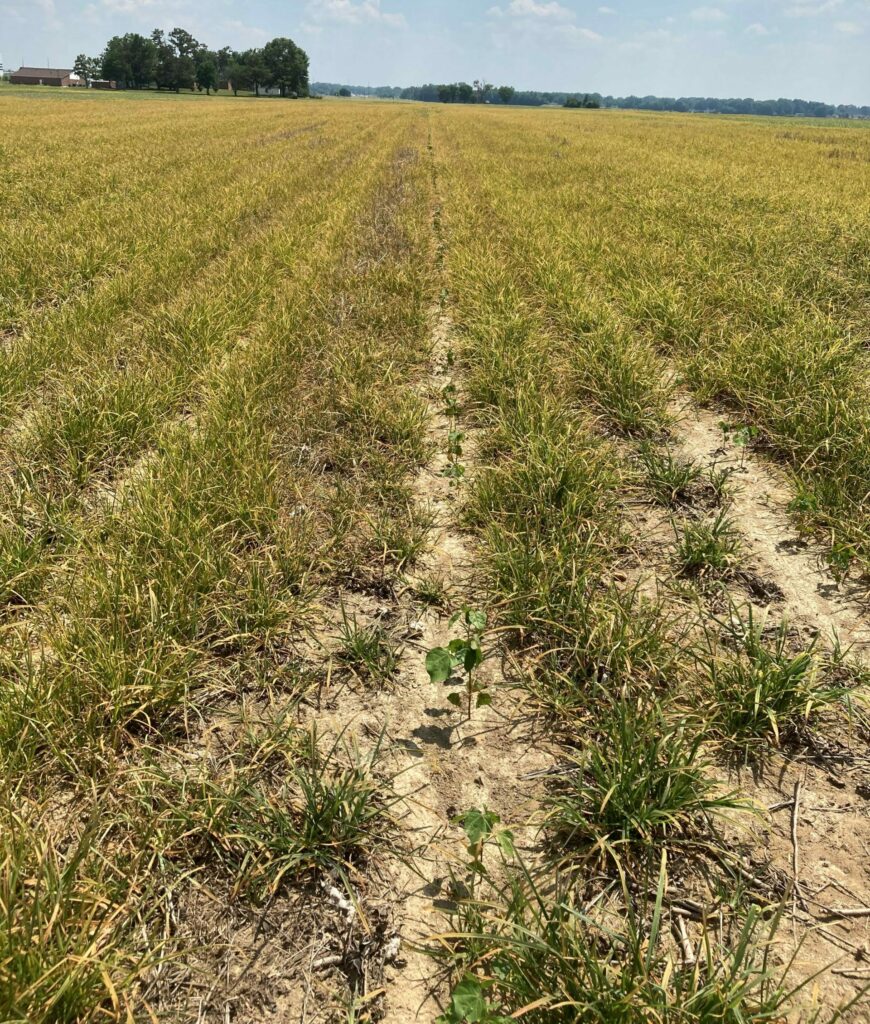 Photo credit: University of Tennessee Institute of Agriculture (UTIA), Shekoofa’s lab
Photo credit: University of Tennessee Institute of Agriculture (UTIA), Shekoofa’s lab
Irrigation timing: Corn & soybean
As we head into the second week of June, many growers are understandably concerned about potential yield loss due to drought stress. In this blog post our Extension Corn and Soybean Specialist, Dr. Jake McNeal and I have discussed irrigation strategies for both corn and soybean.
Understanding the relationship between crops and their environment is critical for effective irrigation management. Crop water use and demand varies as a function of growth stage and weather conditions. Furthermore, the capacity of a soil to hold and deliver water to plant roots (soil water–holding capacity) varies widely across different soil textures.
Also, we want to emphasis that there is a distinct physiological difference between heat stress and drought stress, especially in corn. Even in the presence of adequate soil water, corn leaves will often curl inward from the leaf margins during extended periods of high temperatures. Many refer to this as “pineapple leaves” or a “pineapple crop”. Furthermore, it is very difficult to discern between the two without utilizing a soil water sensor in your crop.
Corn-The Mid-South region of the U.S. receives sufficient annual rainfall to grow corn without irrigation in most years. However, irrigation is common in corn production because rainfall is not always distributed adequately throughout the growing season for the crop, especially during critical reproductive periods. Therefore, not all rainfall can be considered effective. Continue reading →





